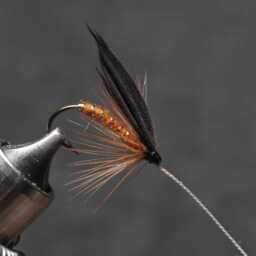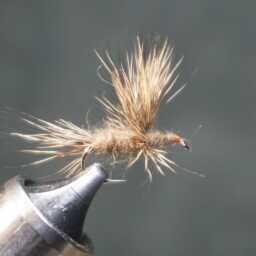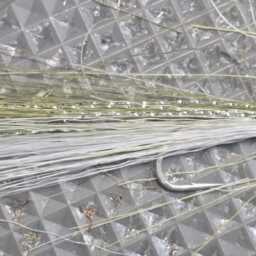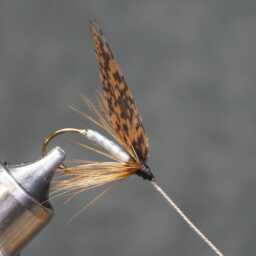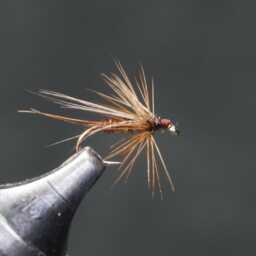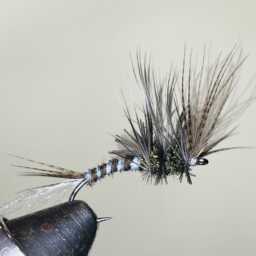Polar bear hair is a valuable material in fly tying for several reasons. It retains its natural sheen and translucence even when dyed in various colors, making it versatile for different patterns. The hair is also highly resilient and stiff, which helps it maintain its shape. Its stiffness makes it particularly effective in fast-moving water, making it an excellent choice for salmon flies, shrimp imitations, and other coastal patterns. Polar bear hair is used in a variety of fly patterns, including minnow and baitfish patterns, and is notably featured in the Black Ghost Streamer.
The polar bear (Ursus maritimus) is a large bear native to the Arctic and nearby regions. It is the largest living bear species and land carnivore, with adult males weighing between 300 and 800 kg (660 to 1,760 lb). Polar bears are closely related to brown bears and can interbreed with them. They are sexually dimorphic, with adult males being significantly larger than females.
Polar bears have white or yellowish fur over black skin and a thick layer of fat. Their fur consists of dense underfur about 5 cm (2.0 inches) long and guard hairs up to 15 cm (5.9 inches) long. The outer hairs are scaly and hollow, which helps trap heat and allows the bears to float in water. The transparent guard hairs scatter ultraviolet light, aiding in heat retention. The fur appears white due to the way light is scattered and reflected, though it can turn yellowish with sun exposure, and may even appear grayish or brownish at times. This coloration provides effective camouflage in their snowy environment.
Polar bears have a 5 to 10 cm (2.0 to 3.9 inches) thick layer of fat beneath their skin, which offers insulation and energy reserves. Their skin, including their nose and lips, is black and helps absorb heat. To maintain their core body temperature around 36.9°C (98°F), polar bears rely on a layer of highly vascularized muscle tissue and finely regulated blood vessels. They also cool off by entering water, and their fur resists tangling, allowing them to dry quickly after swimming.
« Back to Glossary Index
